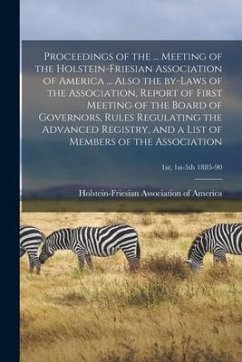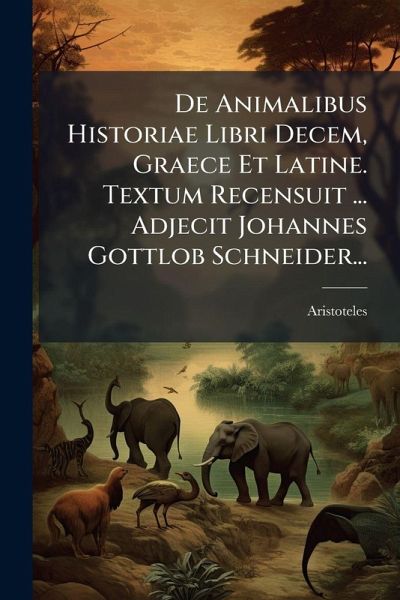
De Animalibus Historiae Libri Decem, Graece Et Latine. Textum Recensuit ... Adjecit Johannes Gottlob Schneider...
Versandkostenfrei!
Versandfertig in über 4 Wochen
26,99 €
inkl. MwSt.

PAYBACK Punkte
13 °P sammeln!
De Animalibus Historiae Libri Decem by Aristoteles, presented in both Greek and Latin, is a cornerstone of zoological literature. Recensuit Johannes Gottlob Schneider, this edition offers invaluable insights into the biological knowledge of the ancient world. Aristoteles' meticulous observations and systematic approach provide a foundational understanding of animal anatomy, behavior, and classification. This work remains essential for scholars of classical studies, the history of science, and the life sciences, offering a direct connection to the origins of zoological inquiry. This work has be...
De Animalibus Historiae Libri Decem by Aristoteles, presented in both Greek and Latin, is a cornerstone of zoological literature. Recensuit Johannes Gottlob Schneider, this edition offers invaluable insights into the biological knowledge of the ancient world. Aristoteles' meticulous observations and systematic approach provide a foundational understanding of animal anatomy, behavior, and classification. This work remains essential for scholars of classical studies, the history of science, and the life sciences, offering a direct connection to the origins of zoological inquiry. This work has been selected by scholars as being culturally important, and is part of the knowledge base of civilization as we know it. This work was reproduced from the original artifact, and remains as true to the original work as possible. Therefore, you will see the original copyright references, library stamps (as most of these works have been housed in our most important libraries around the world), and other notations in the work. This work is in the public domain in the United States of America, and possibly other nations. Within the United States, you may freely copy and distribute this work, as no entity (individual or corporate) has a copyright on the body of the work. As a reproduction of a historical artifact, this work may contain missing or blurred pages, poor pictures, errant marks, etc. Scholars believe, and we concur, that this work is important enough to be preserved, reproduced, and made generally available to the public. We appreciate your support of the preservation process, and thank you for being an important part of keeping this knowledge alive and relevant.



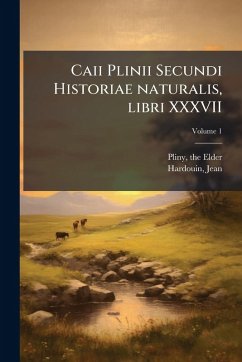

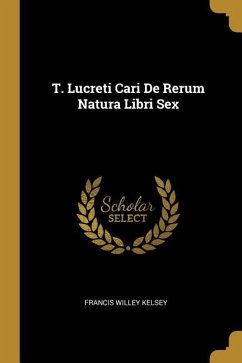


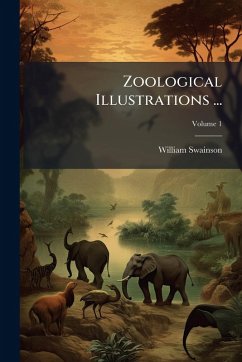
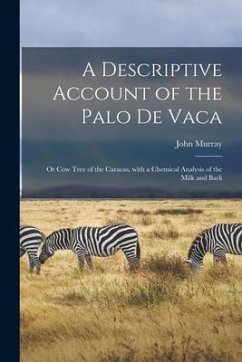
![The Gentleman's New Pocket Farrier [microform]: Comprising a General Description of the Noble and Useful Animal, the Horse ... Cover The Gentleman's New Pocket Farrier [microform]: Comprising a General Description of the Noble and Useful Animal, the Horse ...](https://bilder.buecher.de/produkte/66/66133/66133250n.jpg)
![The New American Poultry Book [microform]: Containing All the Diffrent Varieties of Fowls: With Complete Instructions How to Raise Poultry ... Cover The New American Poultry Book [microform]: Containing All the Diffrent Varieties of Fowls: With Complete Instructions How to Raise Poultry ...](https://bilder.buecher.de/produkte/65/65588/65588606n.jpg)
